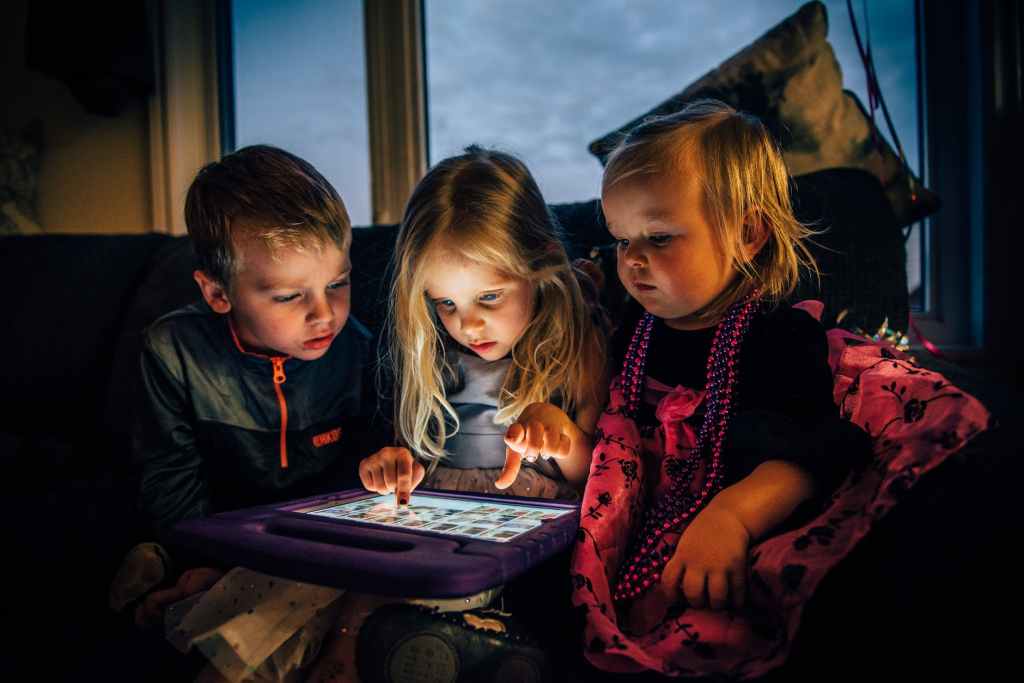The National Eisteddfod2, an age-old Welsh festival3 that encourages and promotes the creativity and inclusion of people of all gender and backgrounds. Beginning from a young age (mostly in Welsh speaking schools) kids are immersed into the world of the Eisteddfod. Individuals take part in all types of competitions4 from singing, dancing, poetry, and even visual art.
This may look as a once-a-year week-long festival but don’t be fooled, the preparation by organisers and competitors starts as soon as one ends. As the Eisteddfod5 isn’t funded by the Government it is extremely important that people are immersed into its culture to ensure its ongoing as it’s largely funded by the hosting community of that year.
Held in Wales, the festival alternates every year between North and South Wales to ensure everyone can attend. Last year, 2023, the Eisteddfod was held in North Wales in Gwynedd, known for Snowdonia, a hugely popular tourist hike that’s not for the faint of heart.
The Eisteddfod is held in August (usually nice whether but never guaranteed in Wales), but luckily the sun was shining, and this always puts the Welsh in a good mood. As you drive up to the site the closer you get, the local community have decorated in red, white and green, the signature colours of the Eisteddfod mascot, Mr Urdd. The camp site is ecstatic with people chatting, decorating, and just enjoying the Welsh culture.
This year (2024) the festival is returning to the South and is being held in the Rhondda Cynon Taf. By hosting it in different locations it allows for communities to showcase local art which is hugely important for the promotion of their county also. The Eisteddfod is a hugely important event for communities as it brings people together to fundraise from schools, local businesses, and residents.
In 2025 the National Eisteddfod is going to be held in Wrexham, I wonder if Ryan Reynolds would help out? After his investment in Welsh football why not invest into the Welsh arts. Should we start a hashtag? #RYANREYNOLDSEISTEDDFOD2025 (Catchy right!)
The biggest challenges UK festivals are facing is their management of waste and the Eisteddfod is no different. As UK festivals produce up to 23,500 tonnes of waste every year the Eisteddfod is committed to tackle this by working with the Welsh Governments Net Zero scheme. With simple solutions already in place such as water bottle filling stations, recyclable food packaging from stalls and even the use of hay bales for seating.
The focus on sustainability within the outdoor events sector isn’t a new concept. The British Council in collaboration with the Brazilian company Oi Futuro created a scheme called Circular Cultures. This collaboration has the purpose of using these big stages to educate people while also training organisations on how they can be more sustainable when organising outdoor events such as material waste and the effects on climate change.
Although the Eisteddfod encourages old Welsh traditions, they aren’t old fashioned in their ideas towards digitalisation. I know this is a blog on sustainability but these both go hand in hand if you really think about it. Festival would normally print maps and schedules in their hundreds in order for people to understand the comings and goings.
Yet, with the use of technology events such as the Eisteddfod are now using mobile apps to communicate any information that is needed. Making it easier for people to easily understand where they are going before even entering the grounds. If you’re anything like me this is a dream as I always like to know my schedule ahead of time, making sure I’m maximising my time!
One of my favourite parts of the Eisteddfod is the independent businesses that set up stalls all around the site. Helping again to promote small businesses with a variety on offer including Welsh language merchandise. I always enjoy buying from these stalls as it feels more personal than buying from big retailers. Also not forgetting the amazing food on offer, also with a huge variety to cater to all needs (I still dream about the fresh donuts I ate!)
As well as keeping Welsh traditions alive, in line with the Eisteddfod they hold a festival called ‘Maes B’ in the evening, which is aimed towards the younger generation. The aim is to get them to engage more with Welsh music and help promote Welsh artists. Including up and coming artists such as the band Candelas. Just an amazing way to finish off the great week!
This is a celebration of Welsh Culture where being Welsh isn’t a necessity, everyone is welcome. Hopefully I have encouraged some of you lovely readers to go and embrace Welsh culture! If not, there is always a guarantee of sunshine, good food, and good company. Maybe I’ll see you there, mwynhewch (that’s Welsh for enjoy).
![The National Eisteddfod. How this cultural festival is promoting Welsh traditions and sustainability. [C21069814]](https://thecreativeconversation.files.wordpress.com/2024/03/screenshot-2024-02-27-at-13.57.54.png?w=1200&h=800&crop=1)



























































